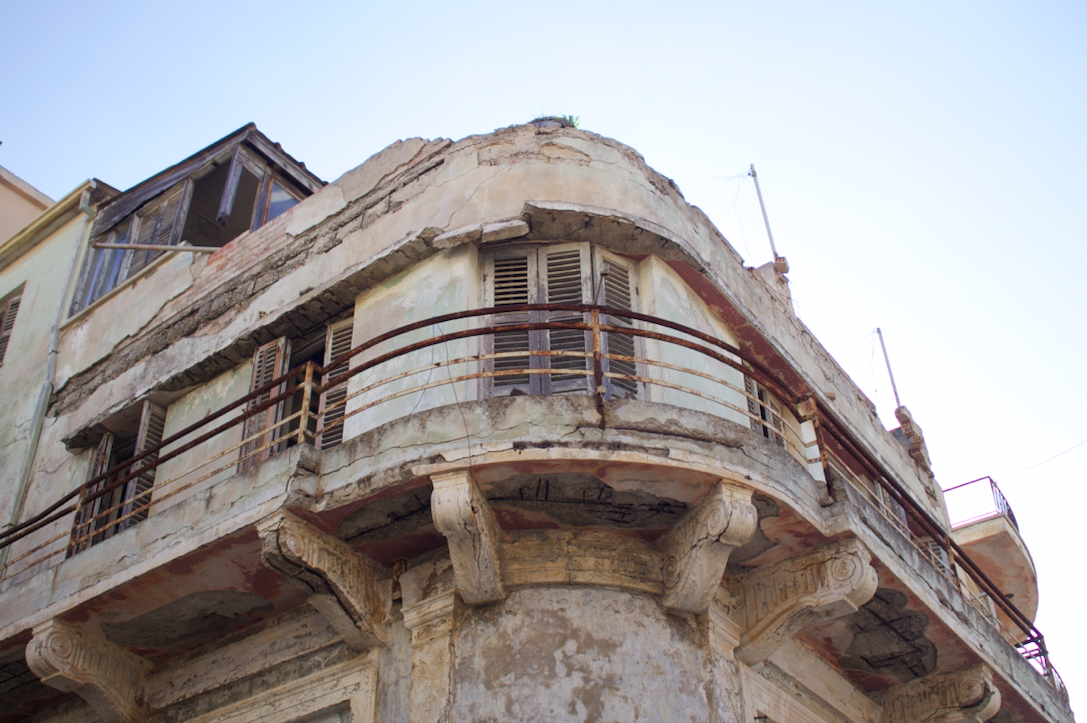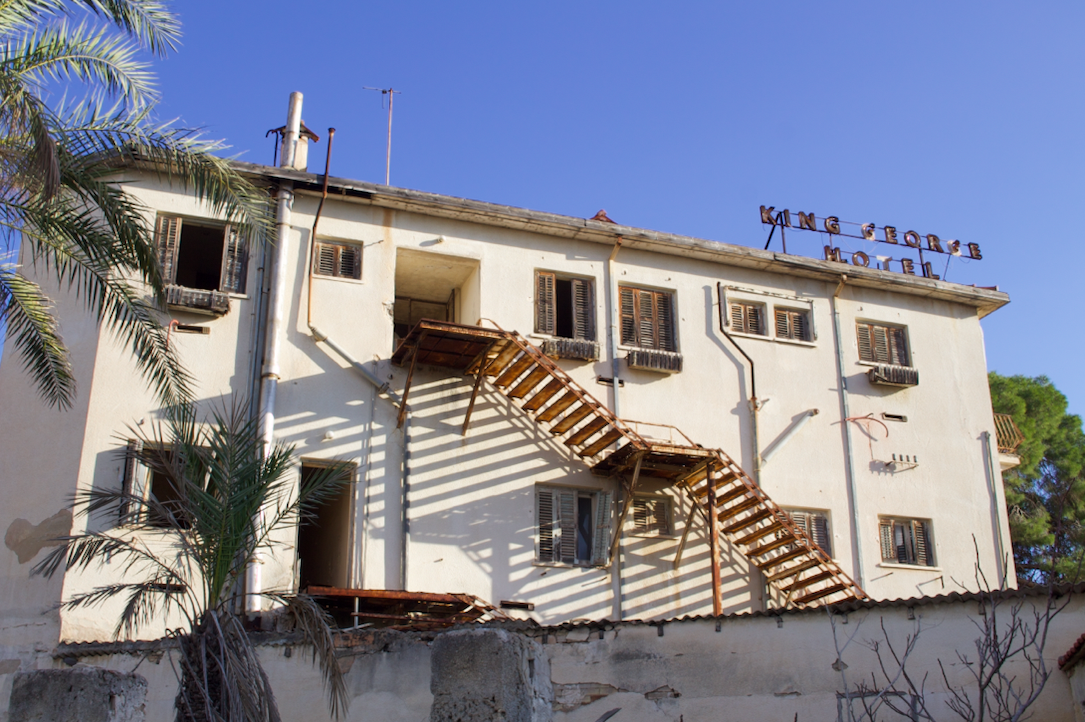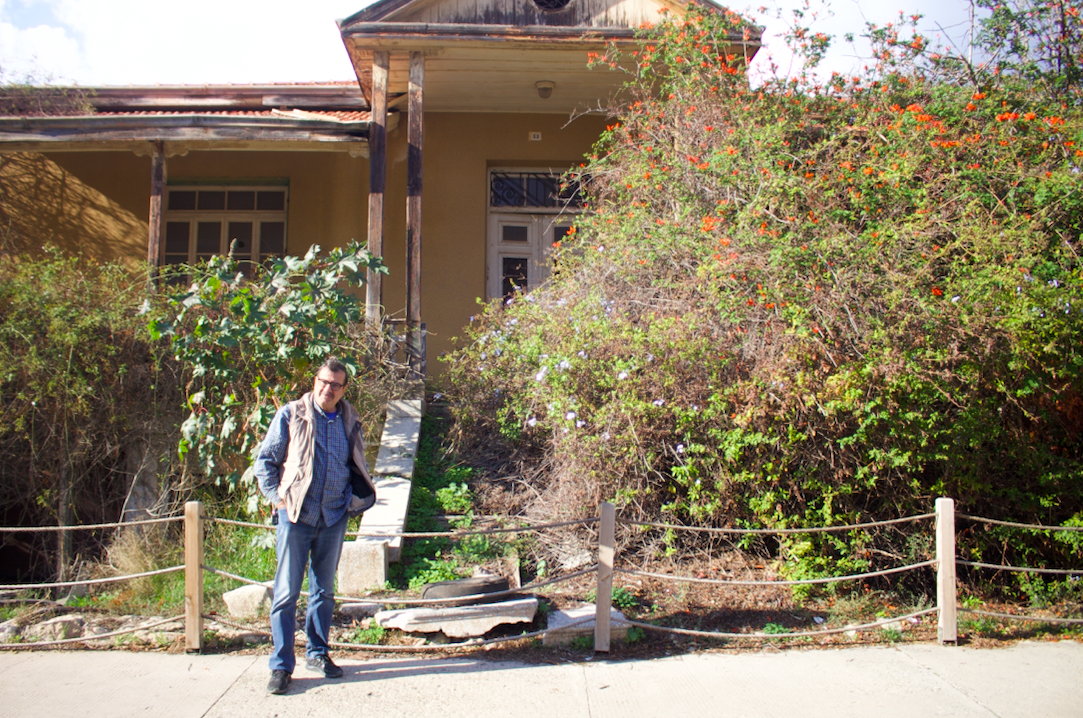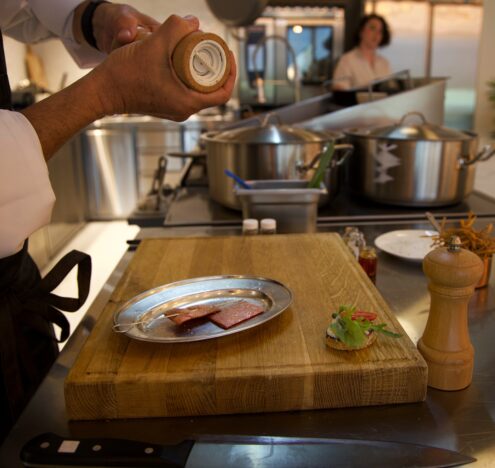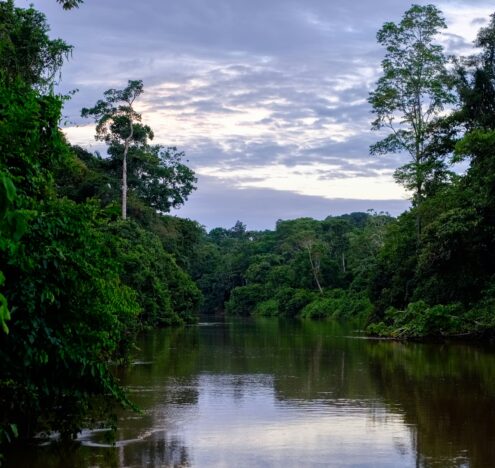The iconic arches of the terrace bar at the King George Hotel in Varosha overlooking Famagusta Bay seem to barely hold the weight of the derelict building. They look like they are almost crumbling and merging with the landscape. Now a protective net adorned with one of the most ubiquitous signs in Cyprus: “forbidden zone” prevents passersby from coming any closer. From a narrow section of the beach, reopened in recent years by the Turkish army, and furnished with just a few sunbeds and no swimmers, it is possible to take a glimpse at the decaying front of the hotel. It looks almost as if it is floating on an irregular cushion of broken concrete, bent steel frames, and silted-up sand.
For all its current dereliction, the hotel was featured often in postcards from the 1950s. It was a symbol of a belle epoque of wealth and prosperity in Cyprus. At that time the town of Varosha was the island’s economic and cultural center.
The iconic landmark might be forgotten today, but the history of the hotel encapsulates the rapid transformations, contradictions, and paradoxes of Cyprus. In the convoluted decades between the island’s colonial British administration, a fraught independence, and the Turkish invasion in 1974, the hotel had its glory days. It served as a local hangout for the British army and, like the rest of Varosha’s seaside resorts, by the 1960s it became a destination for the globetrotting jet set.
Built History
Built between 1937 and 1946, according to architectural historian Marko Kiessel, the King George was the first hotel to open on the seashore proper. Other hotels, still visible on the abandoned skyline, were built in this period, such as the Florida or the Costandia.
The King George stood out for being one of the first modernist hotels in Famagusta. In its first phase, it was a semi-functionalist building, corresponding to local modernist conventions. It vaguely approximated the International Style pioneered by European architects such as Lecorbusier and Mies van der Rohe. A careful look at archival images from the 1960s, however, indicates that the hotel underwent a second phase, reducing its modern features by adding the famous round arches in the ground floor patio and a tiled roof, both imitating Cypriot domestic architecture.
On the back of the abandoned hotel, the facade and sign are still intact, but the outer walls are so high that you can only catch a small glimpse of a narrow line of the glowing sea. Standing looking at the stacked history in front of me, it was impossible to resist conjuring up images of what the hotel’s illustrious guests might have seen from those ornate, neoclassical balconies — the balconies too were added later. The whole scene, from the layers added on over the years to its abandonment and weathering through the years of neglect are marked illustrations of the history of this town, which has become the site of a political contestation between Turkey, as the heir of an imperial power, and the European Union, with the Cypriot population sandwiched between both.
Just down from hotel row, along the main commercial avenue, Demokratias St., stands the Greek School for Girls. You wouldn’t know that’s what it’s called from looking at it: The Greek sign has been covered up by the Turkish efforts to “de-Hellenize” the city in 2020 ahead of Turkish president Erdoğan’s visit. The school will turn a hundred years old in 2024 and the Cypriot Post issued a commemorative stamp. In 1974 photographs taken in the school became emblematic of the city’s fall to the invading Turkish army. In one image, the school’s theater is strewn with clothes that Varosha residents had collected to send to refugees of nearby Kyrenia, but before they could distribute them, Varosha’s residents also faced invasion and became refugees themselves.
A little further up the road is the Esperia Tower Hotel, with the boarded up Perroquet nightclub on the ground floor, the walls of which are still adorned with artworks by modernist Cypriot painter Christophoros Savva. A shy attempt to take a closer look at the club resulted in stern warnings from a Turkish soldier, while a plain clothes police officer snapped pictures of tourists on bikes a few meters away.
Before the town could be visited or photographed, Marko Kiessel produced a sketch of an exquisite house in Varosha, built sometime between 1968 and 1974, a kind of replica of LeCorbusier’s Villa Savoye at Poissy-sur-Seine (1928-1930), one of the most significant examples of the International Style, and one that has been replicated in many countries. The existence of this house is a testimony of a rich period of cultural and artistic experimentation in the city, which then became frozen in time.














